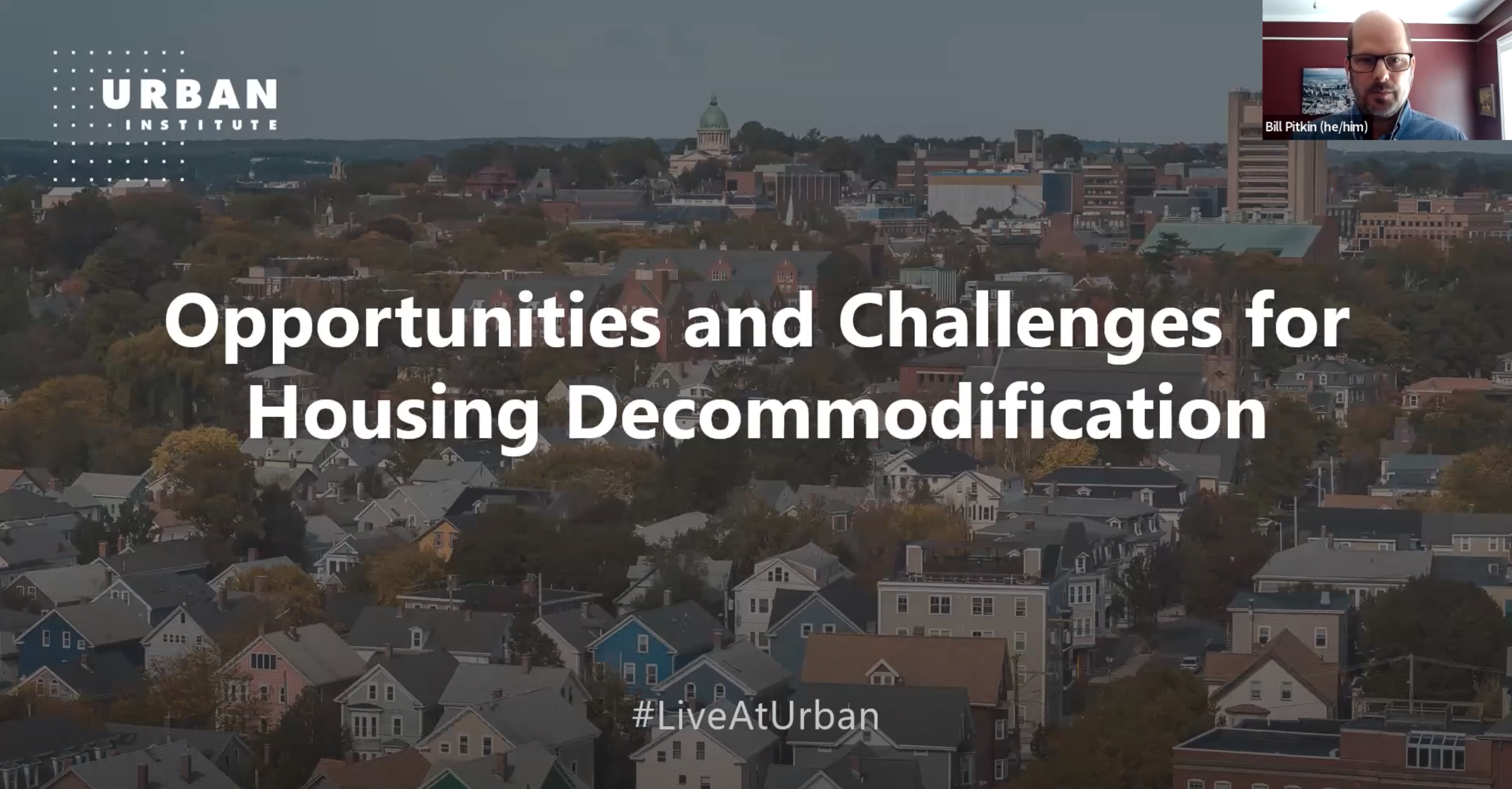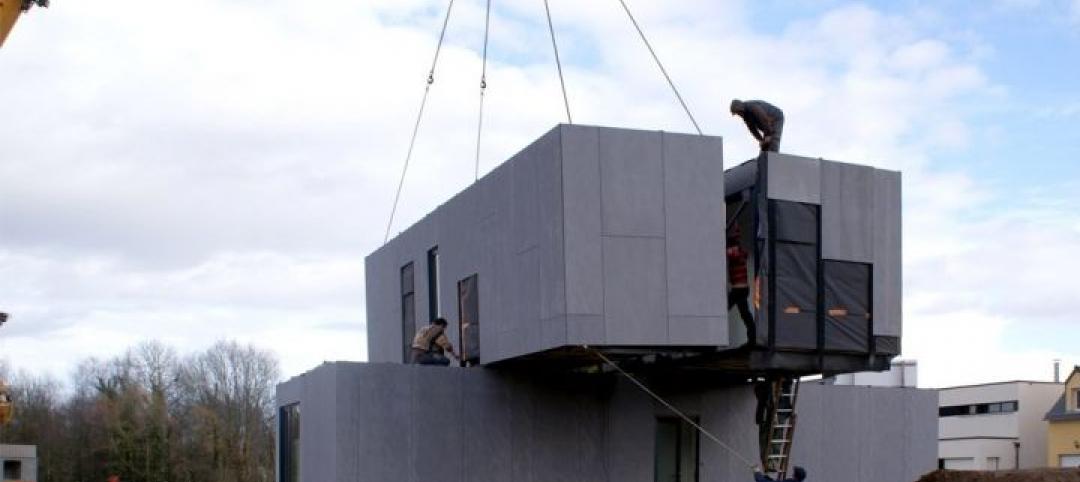Panelists participating in a recent webinar hosted by the Urban Institute discussed various actions that could help alleviate the nation’s affordable housing crisis.
Among the possible remedies: inclusionary zoning policies, various reforms to increase local affordable housing stock, fees on new development to offset the impact on public infrastructure, increased support for first-time homebuyers, and granting tenants the right of first refusal to match offers when a landlord is considering selling their property, according to a report by SmartCities Dive.
Some panelists advocated for more investment in public housing, social housing, and shared equity models such as community land trusts, where residents collectively own property through an independent body.
Such models are examples of “decommodified housing” — a term panelists used to describe housing that supports collective well-being and economic mobility over its role as an individual financial asset. One panelist noted that the collective ownership of land is not foreign, as a condominium is a well-known type of collective ownership with individuals owning units within a property that is jointly owned.
The challenge to spurring more innovative options for home ownership is getting the public and banks to believe that decommodified housing is worthy of investment, a panelist said. Goals should include moving people from public housing into affordable rental properties and eventually into home ownership. More alternative ownership models would make the latter more achievable.
Related Stories
Resiliency | Jun 24, 2021
Oceanographer John Englander talks resiliency and buildings [new on HorizonTV]
New on HorizonTV, oceanographer John Englander discusses his latest book, which warns that, regardless of resilience efforts, sea levels will rise by meters in the coming decades. Adaptation, he says, is the key to future building design and construction.
Wood | Jun 10, 2021
Three AEC firms launch a mass timber product for quicker school construction
TimberQuest brand seeks to avoid overinvestment in production that has plagued other CLT providers.
Digital Twin | May 24, 2021
Digital twin’s value propositions for the built environment, explained
Ernst & Young’s white paper makes its cases for the technology’s myriad benefits.
Market Data | Feb 24, 2021
2021 won’t be a growth year for construction spending, says latest JLL forecast
Predicts second-half improvement toward normalization next year.
Modular Building | Jan 26, 2021
Offsite manufacturing startup iBUILT positions itself to reduce commercial developers’ risks
iBUILT plans to double its production capacity this year, and usher in more technology and automation to the delivery process.
Giants 400 | Dec 16, 2020
Download a PDF of all 2020 Giants 400 Rankings
This 70-page PDF features AEC firm rankings across 51 building sectors, disciplines, and specialty services.
AEC Tech | Dec 8, 2020
COVID-19 affects the industry’s adoption of ConTech in different ways
A new JLL report assesses which tech options got a pandemic “boost.”
Modular Building | Dec 2, 2020
The hidden cost of modular construction
For a building to be truly sustainable, it must maintain the three corners of the triangle paradigm throughout the building’s lifecycle.
Giants 400 | Aug 28, 2020
2020 Giants 400 Report: Ranking the nation's largest architecture, engineering, and construction firms
The 2020 Giants 400 Report features more than 130 rankings across 25 building sectors and specialty categories.
Building Team | Aug 21, 2020
A healthcare project in Wisconsin benefits from including MEP subs in early design discussions
Prefabrication played a major role in quickening construction.



![Oceanographer John Englander talks resiliency and buildings [new on HorizonTV] Oceanographer John Englander talks resiliency and buildings [new on HorizonTV]](/sites/default/files/styles/list_big/public/Oceanographer%20John%20Englander%20Talks%20Resiliency%20and%20Buildings%20YT%20new_0.jpg?itok=enJ1TWJ8)













